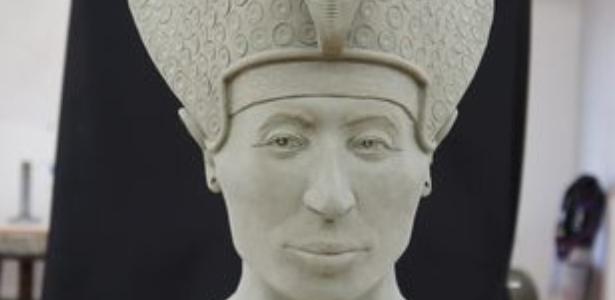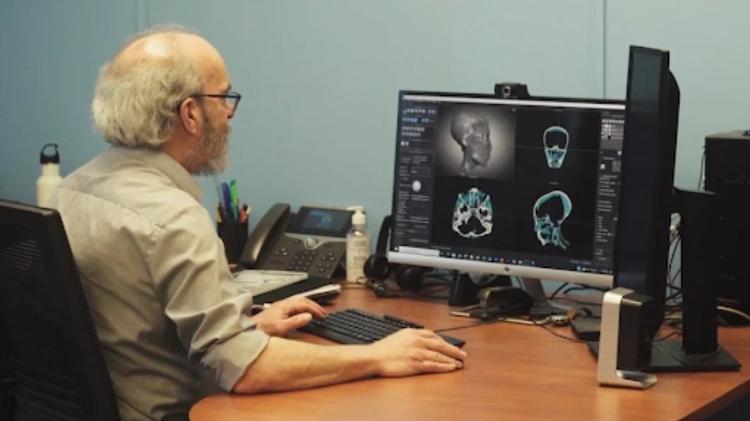A Canadian sculptor has used technology to achieve what many artists over the centuries have tried to make possible. After more than 3,300 years, Christian Corbet “brought life” to Pharaoh Tutankhamun, who marked Egyptian history in the New Kingdom.
According to the newspaper Mirrorthe artist is best known for sculpting Prince Philip in 2013. This time, he used a 3D model based on scans of Tutankhamun’s skull to reconstruct the face of the Egyptian king.
The end result was hailed as the most realistic reconstruction of the pharaoh’s appearance ever created.
The stages of creation
To make this innovative project possible, Andrew Nelson, from Western University of Canada, contributed by carrying out scans of the sovereign’s skull. “We worked from the 3D model of the skull, then added the muscle layers and really built the face,” he said.
To create an accurate model, the team used CT scans. Also, tissue markers indicating the depth of the “flesh” of the face in different places are based on modern Egyptians.
“His skull anatomy guided the facial reconstruction, so I think it’s a much more realistic look than anything we’ve seen in the past,” Nelson points out.
Previous mummy reconstructions used tissue markers based on white males. To ensure greater fidelity to the project, Corbet decided to use features based on an ordinary Egyptian man.
“I then built the muscles layer by layer until the forensic reconstruction was complete,” he said.
Thoughtful details
The reconstructed model had closed eyes, no ears and no expression. However, when finished, Corbet was able to “get more creative and open the eyes, direct the angles to the eyes and maybe add a bit of lip opening.”
“Again, there was no feature fabrication – even the ears were carefully thought out by all of us,” he explained. The scientist even added a “war crown” to the result, alluding to carvings from Tutankhamun’s time.
a demanding project
Still according to the Mirror, Corbet said that the ancient Egyptians used linen soaked in resin, on the skulls of the pharaohs, to preserve the face after mummification. As a result, the software had to distinguish between the skull itself and the substance.
The challenges did not end there. The artist remembers that on other occasions he was able to get to know his work objects better. “By carving out the duke [príncipe Philip], I was able to at least interview him during the many sessions I had with him; I got to talk and talk and watch his gestures and his incredible intelligence,” he said.
Despite this limitation, he believes that the pharaoh would have approved the final piece. “In a magical way he reminded me that he was a pharaoh and approved of the finished work,” he joked. “As an artist, you just know when something is going well.”
The recreation was produced for a documentary about the pharaoh, which will have two parts. Soura Films’ work, entitled “Tutankhamun: Allies and Enemies”, will be broadcast by the North American public channel PBS.

“Pop culture fan. Coffee expert. Bacon nerd. Infuriatingly humble communicator. Friendly gamer.”






:strip_icc()/s01.video.glbimg.com/x720/7214172.jpg)
